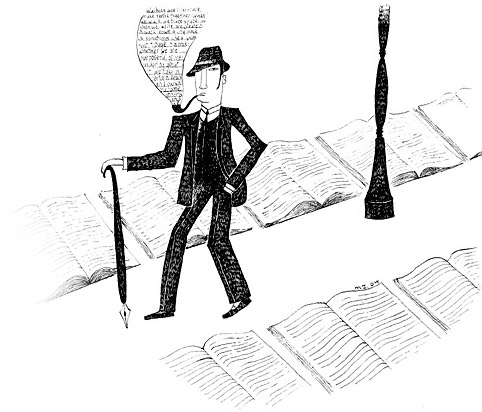Conclusion
1. Experience, practice and everyday life
1.1. Example: Experiencing McDonald's in Hong Kong
1.2. Participatory observation
1.3. Thick description of the daily life in McDonald's.
1.4. Problem: how do people appropriate the spaces of McDonald's restaurant?
References:
Golden arches east : McDonald's in East Asia / edited by James L. Watson
Lui Tai Lok "The Malling of Hong Kong"
2. Media representation and space
2.1. Example: Spatial representation in Hong Kong movies
2.2. Fruit Chan, Wong Kar-wai, Johnnie To (before and after 1997)
2.3. The effect of the spatial representations on people's mental images of Hong Kong and local identities
2.4. Problem: How do people represent Hong Kong in different media?
References:
Donald, James. 1999. “Chapter 3: Light in Dark Spaces.” Imagining the
3. Space of representation
3.1. Example: IKEA
3.2. Human experience in IKEA
3.3. The floor plan and spatial arrangement of IKEA shops
3.4. IKEA shops as heterotopia
3.5. Problem: What is the role of IKEA in the formation of middle-class families?
References:
Benjamin, Walter. "Paris, the capital of the nineteenth century."
Foucault, Michel. "Out of space."
The celebration chronicles : life, liberty, and the pursuit of property value in Disney's new town / Andrew Ross
4. Global spaces
4.1. Example: Disneyland
4.2. Global dynamics and local process
4.3. Ideoscape and mediascape
4.4. Problem: What are the driving forces behind the spread of theme parks?
References:
Sorkin, Michael. Variations on a Theme Park
Gottdiener, Mark. The Theming of America
Foglesong, Richard E. Married to the Mouse: Walt Disney World and Orlando.
施鵬翔及葉蔭聰《迪士尼不是樂園》









